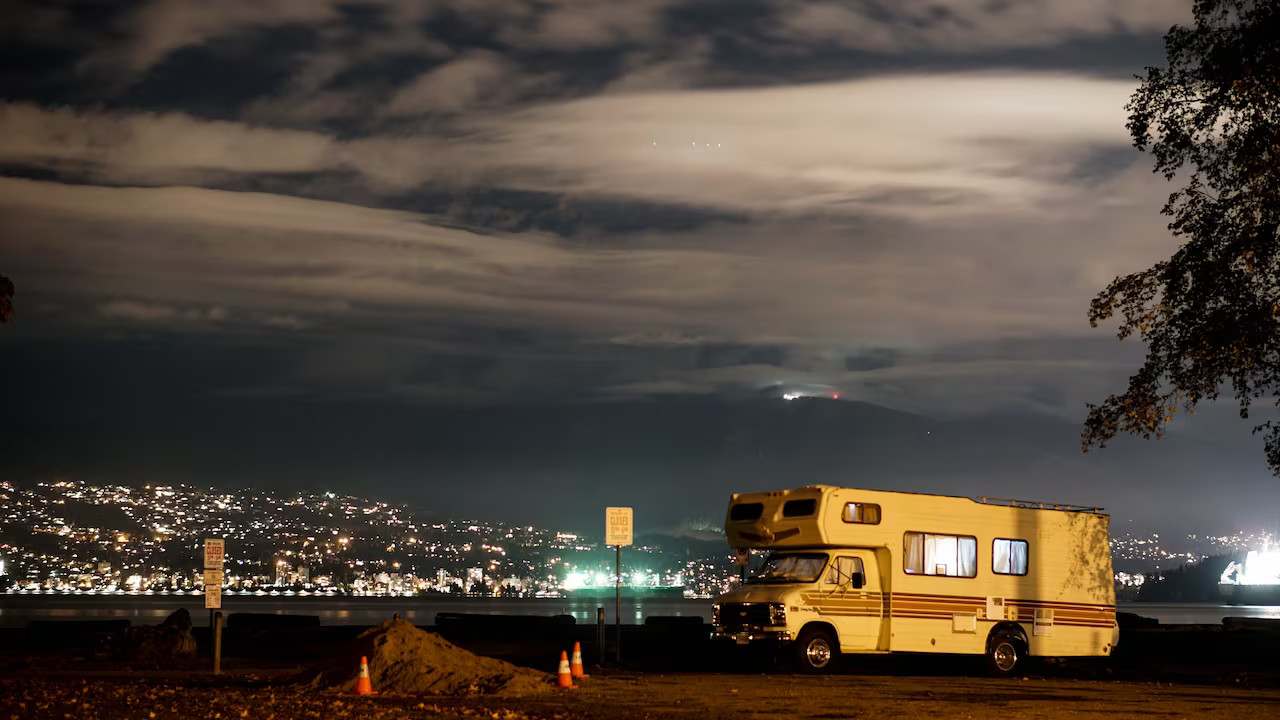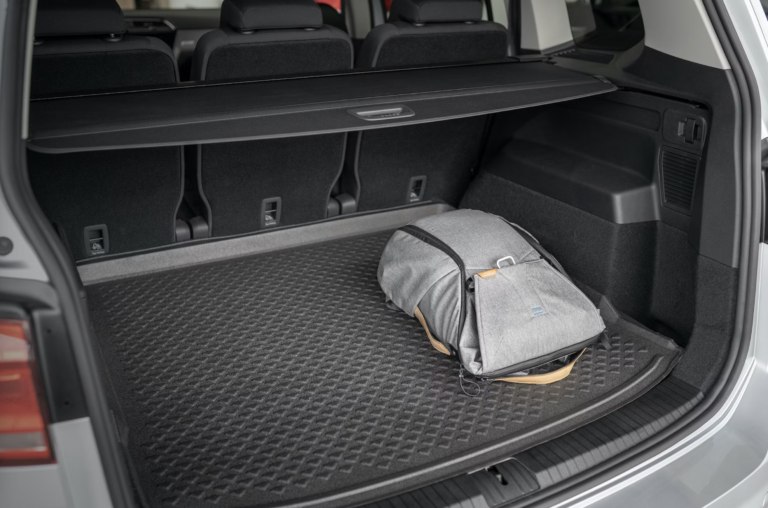What Is Stealth Camping? Understanding The Sneaky Practice Of Urban Camping
What is stealth camping?
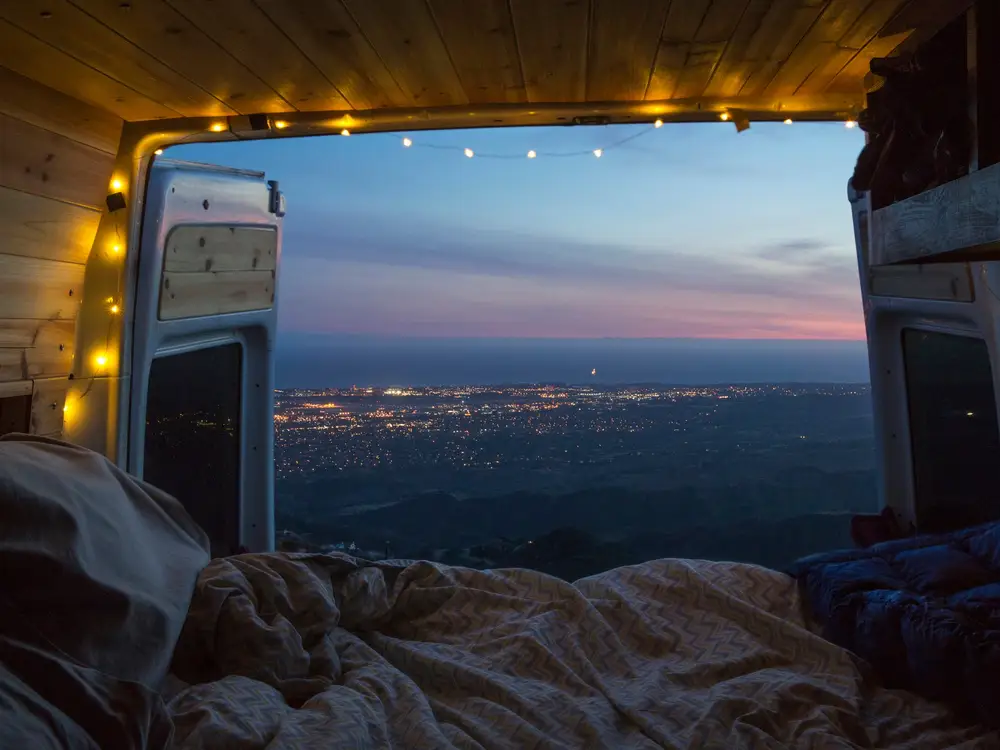
When the term is used today, it is usually in reference to camping out in a vehicle overnight without raising suspicion or disturbing others.
But in more general terms, stealth camping refers to the act of camping in a discreet or inconspicuous manner, for the purpose of avoiding detection. It’s a style of camping that is typically practiced in locations where camping may or may not be explicitly forbidden, hence the reason for trying to stay hidden.
The term has evolved over time in its usage however, and most recently has started to gain in popularity amongst nomadic types of people, especially RVers, van lifers and other vehicle dwellers, to refer to the act of parking ones vehicle in a highly populated area (such as an urban setting) with the intention of staying overnight.
And because these areas do not necessarily allow overnight parking for vehicles with occupants (more on that later), avoiding the detection of others is of the utmost importance for having a successful operation, hence the need for stealthiness, just as the name implies.
What is the point of stealth camping?
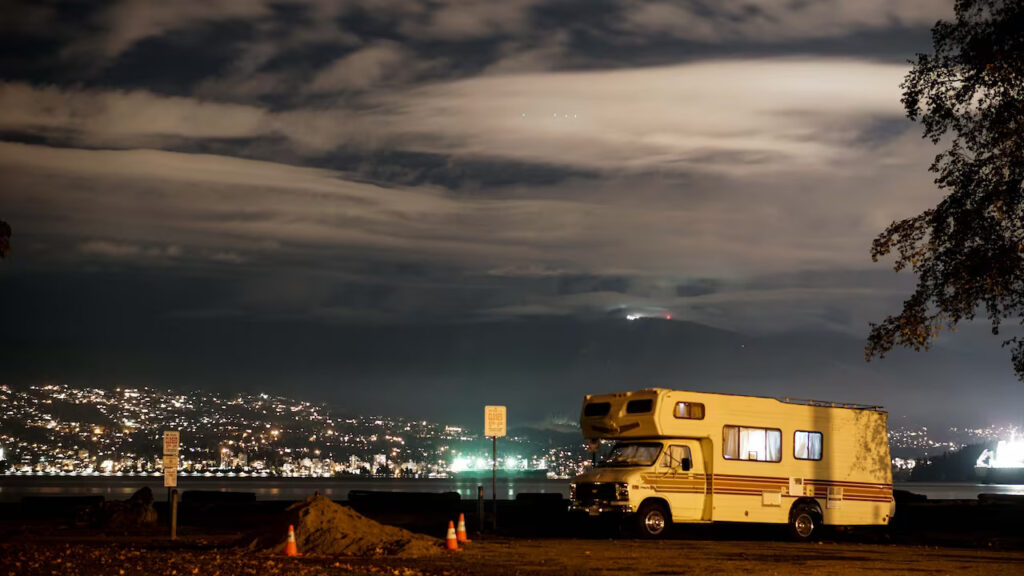
You could say that on one end of the spectrum, stealth camping is just a recreational activity for hobbyists, but for others it is a crucial means of survival.
The goal of stealth camping is to avoid drawing unnecessary attention from others so that they are able to get through the night without any issues, which could be especially useful in cities or highly populated urban areas.
The practice of stealth camping serves several purposes and may appeal to different groups of people for various reasons.
Some motivations behind stealth camping might be for the privacy and solitude that it brings, even while in heavily crowded areas, to create a sense of freedom and add an element of adventure to the trip.
For others it could be an effective way to cut down on travel expenses by not having to pay for overnight accommodations, especially during extended travels and roadtrips.
Does that mean stealth camping is illegal?
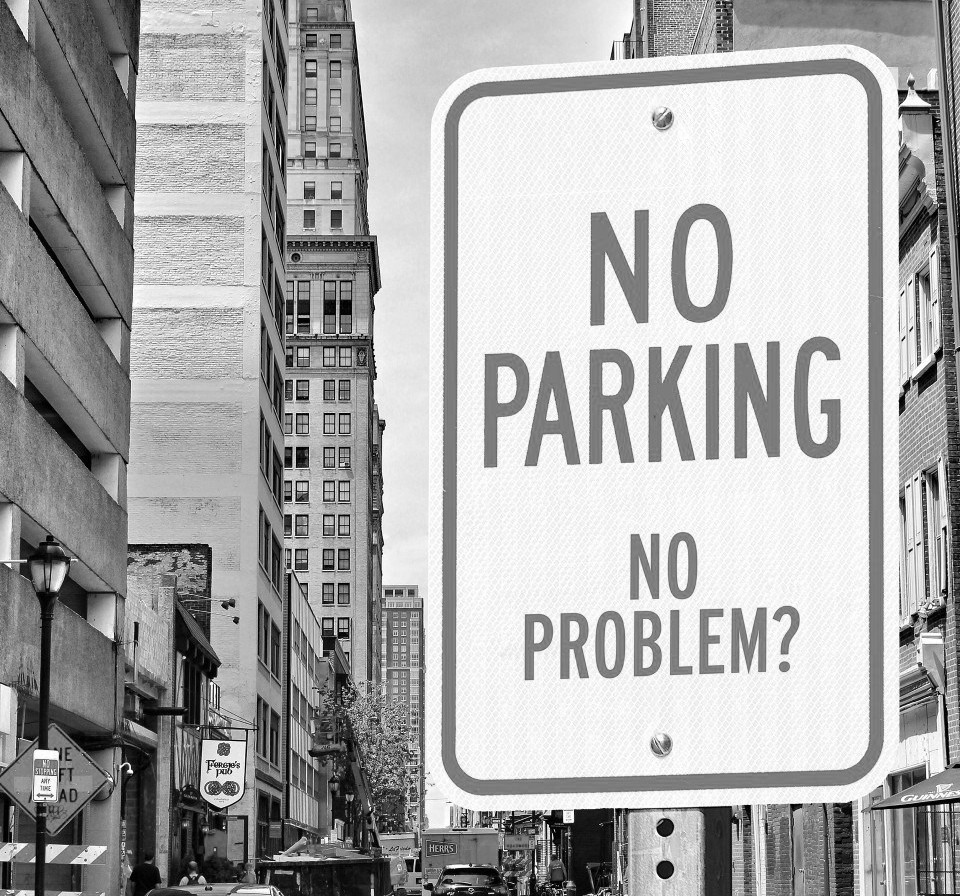
Stealth camping is not necessarily illegal, but it could be depending on the local laws.
Just because an area is not explicitly designated for parking a vehicle with occupants overnight, does not mean that it is necessarily illegal.
The legality of stealth camping varies depending on the location and local laws. In most places, sleeping or camping in a vehicle is not regulated and is generally OK to do so. However other areas such as public streets or private neighborhoods may be subject to specific regulations and restrictions.
Some cities or municipalities may have ordinances prohibiting overnight parking or camping on public streets or in certain areas. Additionally, some private property owners, such as shopping centers or residential communities, may have rules against overnight parking or camping in their parking lots or driveways.
And even though stealth camping may technically be illegal in some places, enforcement of these laws can vary. Some areas may be more lenient or turn a blind eye to discreet campers who do not cause any problems or draw attention to themselves. However, in other areas, law enforcement may actively enforce the rules and issue citations or fines for violations.
Why is Stealth Camping Illegal In Some Places?

In areas where stealth camping has explicitly deemed illegal, may be due to safety concerns or the environmental impact that past incidents have raised such as property damage or sanitation issues.
That is why it is incredibly important that stealth campers always practice safety and cleanliness wherever they park, making sure to not cause disturbances in the area or leave behind any trash.
Doing so paints a bad image of stealth campers overall leading to a negative perception by the public.
It’s essential to research and familiarize yourself with the specific laws and regulations of the area you plan to visit if you are considering urban stealth camping. Contacting local authorities or checking the city’s official website for information on parking and camping rules can help you understand what is allowed and what is not.
Therefore some locales have deemed vehicle dwelling and stealth camping illegal in their areas in response to safety and health concerns raised by previous incidents.
How To Stealth Camp
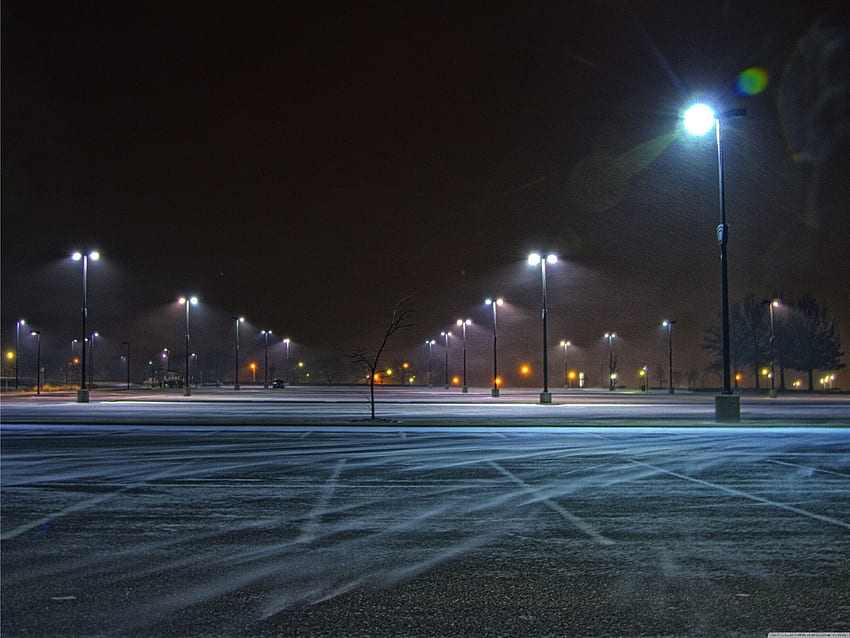
Now that you know what stealth camping is, you might be interested in learning how to stealth camp yourself.
Make sure you understand that stealth camping isn’t for everyone. It requires careful planning and responsible behavior to minimize the impact made on the environment or avoid breaking any local laws and getting into an issue with law enforcement.
Here are some of the basic tenants that every stealth camper should adhere to;
- Research the area before setting up camp.
- Choose safe locations to avoid issues.
- Arrive late and leave early to minimize the chance of disturbing others or drawing attention.
- Don’t leave any traces or your presence behind.
- Be respectful of the people and wildlife in the area.
- Keep a low profile by keeping noise levels down and avoid using bright lights
- Have an emergency plan set so that you are able to leave the area quickly if necessary.
Although you can technically stealth camp in any vehicle, a vehicle which is designed for the purpose of accommodating dwellers without drawing any attention to itself is commonly referred to as a stealth camper.
Although not necessary, stealth campers may be highly modified vehicles in ways to make dwelling and occupying for long periods of time much more comfortable compared to regular passenger vehicles.
Best Vehicles For Stealth Camping
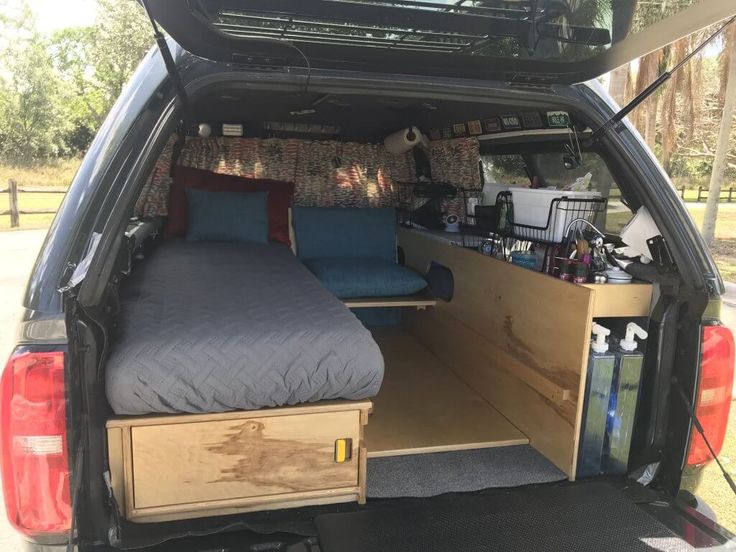
The most common vehicles used for converting into a stealth camper are those that are inconspicuous and blend in well with regular traffic. These vehicles are often chosen for their size, maneuverability, and relatively low profile.
When it comes to size, bigger vehicles with more spacious interiors such as sprinter vans or trucks hauling trailers are the obvious picks for utilizing as a stealth camper.
However I have seen many people successfully use much small vehicles like sedans for the purpose without too many issues outside of comfortability. You just need to be aware that using a smaller vehicles means having to sacrifice some of the luxuries found in a van or trailer.
Some of the most common picks for conversion would be the following;
- Cargo Vans
- Ford Transit,
- Mercedes-Benz Sprinter,
- Ram ProMaster,
- Nissan NV series
- Minivans
- Honda Odyssey
- Toyota Sienna
- Chrysler Pacifica
- SUVs
- Subaru Outback
- Honda CR-V
- Toyota RAV4
- Station Wagons
- Subaru Outback
- Volvo V60
- Sedan
- Toyota Prius
When choosing a vehicle for a stealth camper conversion, consider factors such as interior space, fuel efficiency, reliability, and ease of driving and parking. The goal is to create a camper that appears like a regular, unassuming vehicle from the outside, while still providing enough comfort and functionality for your camping needs on the inside.
Best Places To Stealth Camp
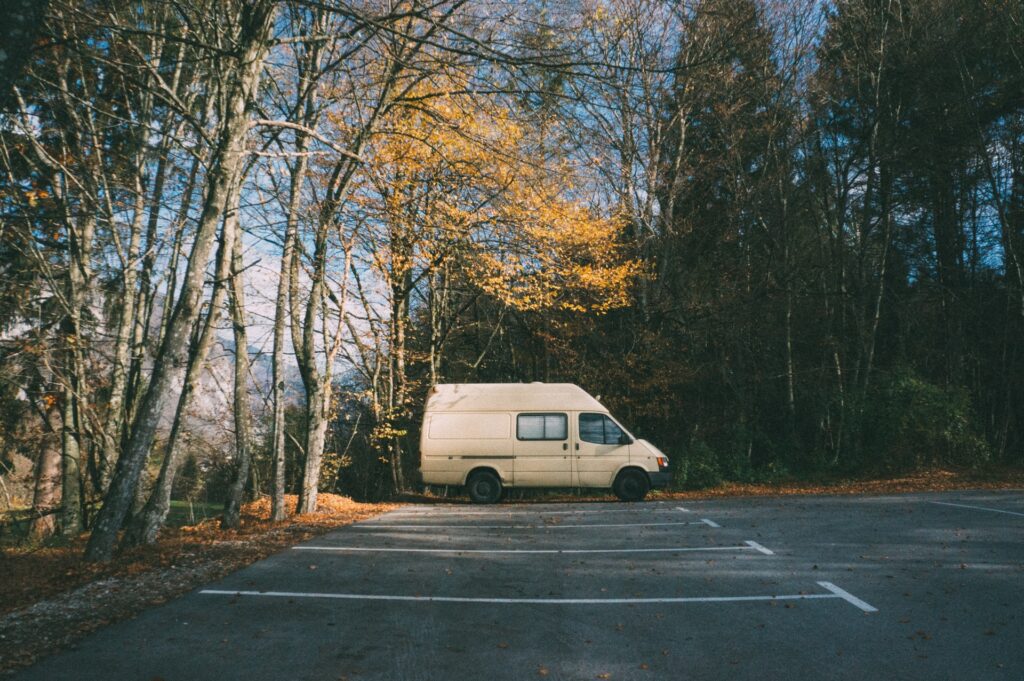
When looking for the ideal place to stealth camp, you’ll want to lookout for some of the most common options that are usually safe choices that wont bring about any issues.
- National forests and BLM
- Areas that are more sparsely populated
- In areas with less activity
- Industrial areas with areas without much traffic
- Business or commercial lots, depending on parking policies of the lot.
Remember that stealth camping is not always legal or suitable for every location, so it’s essential to research and adhere to local laws and regulations. Always prioritize safety, environmental responsibility, and respect for the communities and natural areas you visit. When in doubt, consider using designated campgrounds or other legal accommodation

